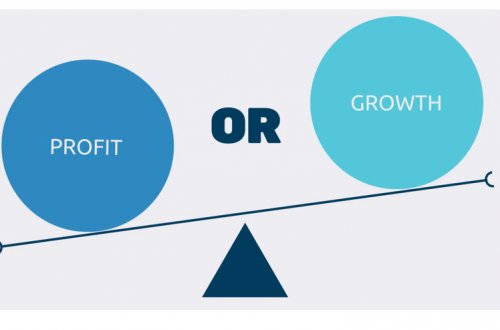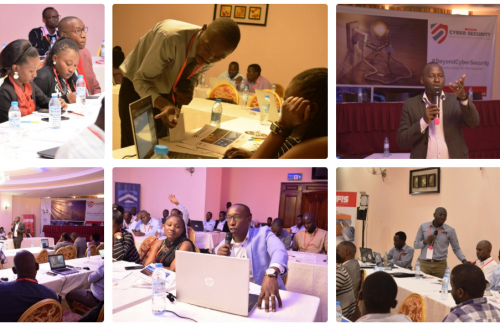The common saying in the medical parlance is everyone is mad, but the degree varies. Or everyone has some illness, the severity varies. Anytime you do a full medical checkup, you are likely to find something going the wrong way! If you are reading this blog, and understanding it means your madness level is still at a very low. You are sane but not 100% sane. There is no such thing as 100% sanity. Now if your madness is at 10%, you have 90% sanity. If your madness is at 20%, you have 80% sanity. The insanity starts to show…
Where else has this worked? Technocrat’s common question
If you are a consultant who is not afraid of knocking on doors, you have probably had to deal with technocrats who ask questions like: “where else has this worked?” Such people are allergic to new thinking. They are comfortable with the status quo. With old ways of doing things. With tools and solutions that are already working elsewhere. In the past, I dreaded such a question. The nature of our work as a strategy, cybersecurity, and risk management consultants, means that the majority of the projects, if not all, we are not allowed to disclose that we provided the…
Have you done a culture audit?
What is your current culture? What is your defined culture? What is your desired culture? When you do a culture audit or assessment, you realize that more needs to be done. Usually, the culture gap helps explore interventions to create the desired culture. It starts with a culture audit- an exercise we recommend is to be done every two years considering the sensitivity of the people factor. In these tough times, staff attitude and enthusiasm play a key role in winning. Do you sometimes get concerned that some of your team members are dragging their feet instead of sprinting when…
The drivers of cybercrime, excerpts from project frontline
Practical cybersecurity springs from the little decisions we make every day. While almost all data breaches are inspired by malicious intent, their successful execution (almost always) involves seemingly harmless and unintentional actions of insiders within organizations. The drivers of cybercrime include some of the following: i). The well-meaning system administrators who fail to promptly apply patches from application vendors or for some reason just run new scripts on the production environment without the first sandbox testing them. ii). Employees who unsuspectingly yield to social engineering ploys specifically spear-phishing resulting in loss of credentials, money, and corporate data to their adversaries…

















